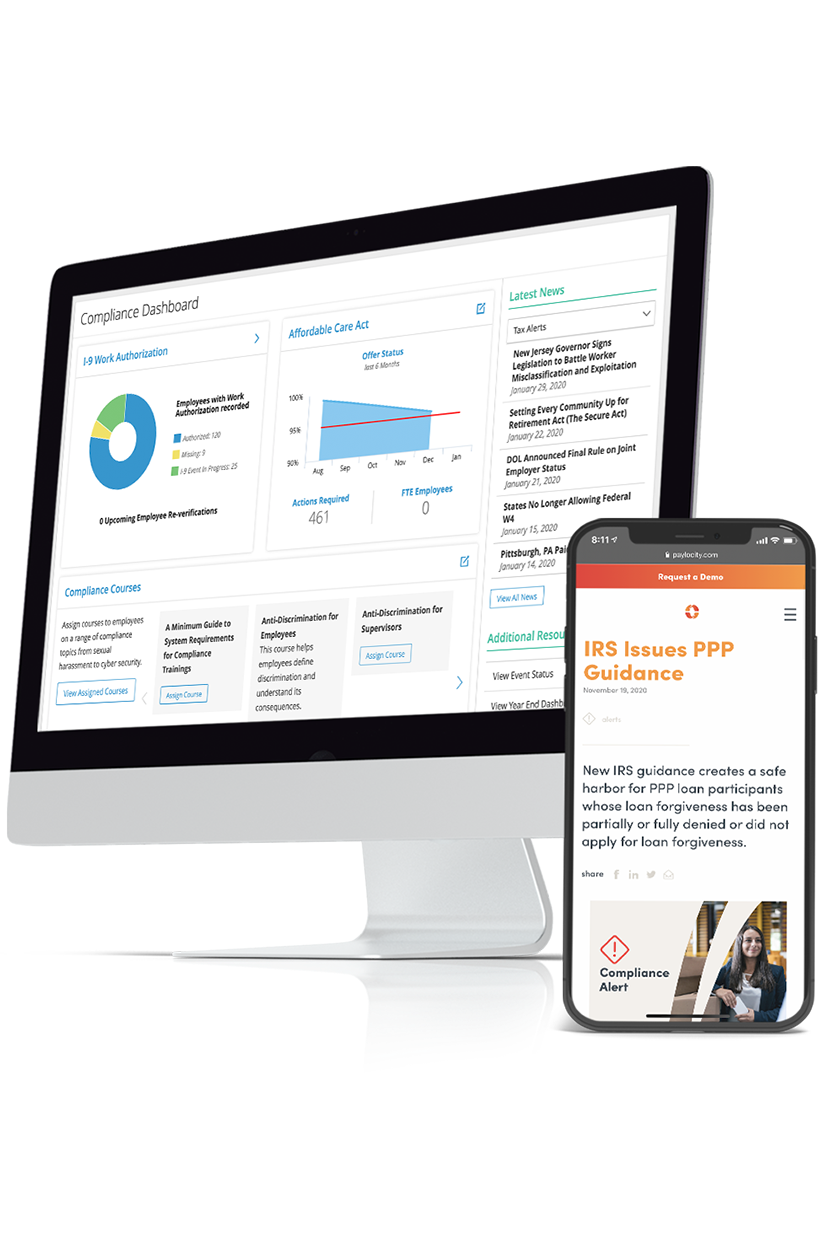resources
2025 IRS Taxpayer Guidance on Tips and Overtime
November 24, 2025

At-a-Glance
IRS Notice 2025-69 provides guidance to individual taxpayers who are eligible for federal income tax deductions for qualified tips or qualified overtime compensation for the 2025 tax year.
Summary
In July 2025, the One Big Beautiful Bill Act (OB3) was passed, exempting eligible tips and overtime from federal income tax. However, due to OB3's phased implementation, there will be no changes to the 2025 Form W-2, Form 1099-NEC, Form 1099-MISC, or Form 1099-K to account for the new reporting requirements. As a result, employers will not be required to separately account for qualified tips (including tips from customers paid in cash or charged) or qualified overtime compensation on those forms furnished to individuals for the 2025 tax year.
Furthermore, if an employer is unable to furnish an account of qualified tips or overtime to an employee, Notice 2025-69 provides guidance on how individual taxpayers can satisfy the compensation for the 2025 tax year. The notice also provides transition relief for taxpayers regarding the requirement that qualified tips must not be received in the course of a specified service trade or business.
IRS Guidance for Qualified Tips
Under OB3, an employee may deduct an amount equal to the qualified tips received during the taxable year and that are included on a statement furnished to the employee, (e.g., Form W-2), or reported by the employee on Form 4137, subject to certain limitations. Only qualified tips that are separately accounted for on Form W-2 or reported on Form 4137 may be included in calculating the deduction. However, since the IRS has not updated the W-2 form for tax year 2025, the Department of the Treasury and the IRS have determined that employees instead may use one of the following methods for the 2025 tax year:
- The total amount of Social Security tips reported in Box 7 of Form W-2.
- The total amount of qualified tips reported by the employee to the employer on all 4070 forms (Employee’s Report of Tips to Employer) or any similar substitute form used to report tips monthly to the employer.
- If an employer voluntarily chooses to report the amount of an employee’s qualified tips in Box 14 of their Form W-2 (or on a separate statement), the employee may use this amount to determine the amount of qualified tips they received for the 2025 tax year.
- In addition to these three options, employees may also include any amount listed on line 4 of the 2025 Form 4137 filed with the employee’s 2025 income tax return (and included as income on that return).
Although the occupation of an employee receiving qualified tips may not appear on their 2025 W-2 Form, the employee is still responsible for determining whether they received their qualified tips in an occupation that customarily and regularly received tips on or before December 31, 2024. Employers may choose to include an employee’s occupation or other relevant information in Box 14 of Form W-2, in which case employees may rely on that information.
Notice 2025-69 also provides guidance for determining the amount of qualified tips for non-employees for the 2025 tax year.
Tipped Worker Examples
Example | Occuptation | Reported Tips | Forms Referenced | Qualified Tips Calculation |
|---|---|---|---|---|
| Employee A | Restaurant Server | $18,000 (Social Security tips) | Form W-2 (Box 7) | May use $18,000 from Form W-2 Box 7 for tax year 2025 |
| Employee B | Bartender |
|
| May use either $15,000 (Box 7) or $20,000 (reported tips) plus $4,000 unreported tips |
| Individual C
| Self-Employed Travel Guide
| $7,000 (tips received via third-party settlement organization) |
| May use $7,000 substantiated by daily logs for tax year 2025 |
IRS Guidance for Qualified Overtime
The IRS limits qualified overtime compensation to the amount in excess of the individual’s regular rate that is required and paid under 29 USC § 207. Only overtime paid to employees covered by and not exempt from the FLSA (FLSA-eligible employees) counts. Overtime paid to FLSA-ineligible employees does not qualify.
For the 2025 tax year, employers may choose (but are not required) to report the amount of qualified overtime compensation to employees using Box 14 of Form W-2 or on a separate statement. In such cases, employees may treat the separate accounting requirement of their deduction eligibility as satisfied and use their eligibility for the deduction and use this amount for purposes of determining the deduction. If not provided by their employer, employees may instead:
- treat the separate accounting requirement as satisfied if the qualified overtime compensation is properly reported on the individual’s Form W-2, Form 1099-NEC, or Form 1099-MISC, copies of which are furnished to the individual, and
- base the determination of the amount of qualified overtime compensation on other documentation, (e.g., earnings or pay statements, invoices, or similar statements that support the determination), using a reasonable method described below.
The IRS offers seven methods (A–G) that individual taxpayers may use for determining the qualified amount of overtime compensation for the 2025 tax year. Individuals who had multiple employers during 2025 may use different methods for each employer.
Method | Description | Calculation Rule | Example |
|---|---|---|---|
| A | Payroll shows FLSA Overtime Premium (a.k.a. the "half" in time-and-a-half) | Use the amount shown | $5,000 shown as "overtime premium," include $5,000 |
| B | Statement shows total overtime (premium + regular wages) | Use one-third of total overtime | $15,000 total overtime, include $5,000 |
| C | Overtime paid at more than 1.5x (ie. Double Time), premium shown separately | Divide premium by 2 | $10,000 overtime premium, include $5,000 |
| D | Overtime paid at more than 1.5x (ie. Double Time), combined total | Divide total by 4 | $20,000 total overtime, include $5,000 |
| E | Adjust for bonuses or other factors | Use reasonable adjustment if bonuses or other compensation make methods B - D underestimate qualified overtime compensation | |
| F | No year-end statement | Use a reasonable estimate based on regular rate and hours | |
| G | Special rules for public safety, hospitals, comp time arrangements | Divide by 3 for work period basis; comp time also divided by 3 |
|
Next Steps
Individual taxpayers should review IRS Notice 2025-69 in full. If you worked overtime or received tips in 2025, check your pay statements and apply one of the IRS-approved methods to maximize your deduction. If you have additional questions, please consult a qualified tax advisor.
Employers should consider how to handle individual employee requests for wage statements or other statements of eligible overtime and tip compensation for employees filing their taxes.
Thank you for choosing Paylocity as your valued service partner. This information is provided as a courtesy, may change, and is not intended as legal or tax guidance. Employers with questions or concerns outside the scope of a Payroll Service Provider are encouraged to seek the advice of a qualified CPA, Tax Attorney, or Advisor.

Keep Up With Compliance
Between constantly changing employment laws and updates to the Affordable Care Act (ACA), keeping your workplace compliant can be a time-consuming and costly challenge. Eliminate the stress and stay up to date with our Compliance Dashboard. View compliance alerts and get a bird’s eye view of what you need to do to avoid fines and penalties.

